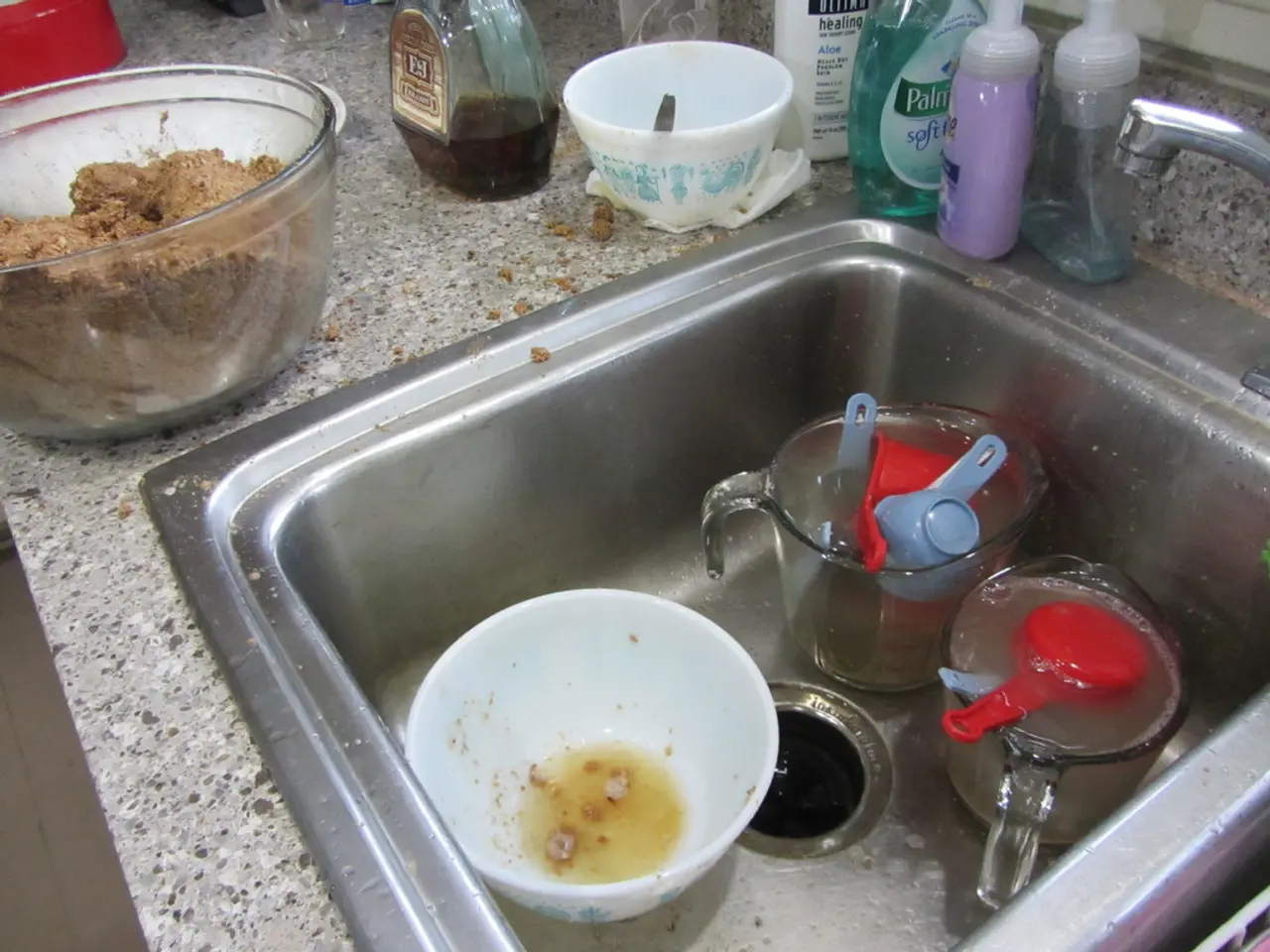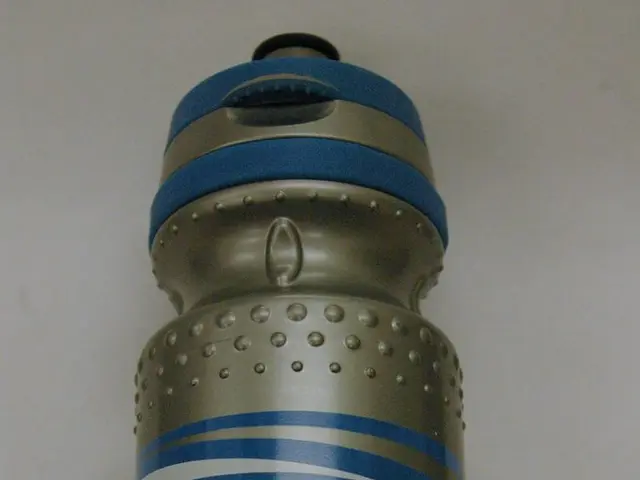Mobility Sparks Unseen Organ: Surprisingly Active During Physical Activity
The lymphatic system, a network of vessels, nodes, and organs, plays a crucial role in immune function, detoxification, and weight management. This complex system, which was first scientifically described in the 17th century, is essential for maintaining the body's health and wellbeing.
Unlike the circulatory system, which has the heart to pump blood, the lymphatic system relies on movement to do its job. Lymph flow depends on skeletal muscle contractions, respiratory movements, and the pulsation of nearby arteries. A sedentary lifestyle can cause lymph to stagnate, leading to toxin buildup and a weakened immune response.
Regular physical activity is, therefore, essential for lymphatic health. Aim for at least 30 minutes of moderate exercise most days to support the lymphatic system. Deep breathing and physical activity stimulate muscle contractions and encourage lymph circulation. Jumping on a mini-trampoline boosts lymphatic circulation due to gravitational forces.
Practicing diaphragmatic breathing for a few minutes daily can also stimulate lymph flow. This type of breathing creates a natural pump effect in the chest, helping to move lymph through vessels. Dry brushing can also stimulate lymphatic flow and exfoliate the skin.
The primary roles of the lymphatic system are to maintain fluid balance, filter out waste and toxins, and transport white blood cells that combat infection and disease. Lymph nodes act like checkpoints, where immune cells detect and destroy invaders like bacteria or viruses. A well-functioning lymphatic system prevents diseases by clearing toxins and supporting the immune system.
Neglecting the lymphatic system through a lack of movement can lead to sluggish circulation. This can result in a weakened immune system and an increased risk of illness. Regular physical activity can enhance lymphatic drainage, reducing the risk of illness and supporting detoxification.
Drinking plenty of water keeps lymph fluid thin and flowing. Lymph, the fluid that flows through the lymphatic system, is similar to blood plasma but contains fewer proteins. The lymphatic system includes lymphatic vessels, lymph nodes, the spleen, thymus, tonsils, and other lymphoid tissues.
A gentle massage can manually move lymph through vessels, providing an additional way to support the lymphatic system. However, it's important to remember that the lymphatic system is working every day to keep the body healthy, not just when sick.
In conclusion, understanding the lymphatic system and its functions is key to maintaining a healthy and active lifestyle. Regular exercise, deep breathing, and staying hydrated are simple ways to support this vital system and boost your immune system.
Read also:
- Early Onset Puberty: Its Definition, Triggers, Risks, and Managing Strategies
- "Satanic Worship Owns the Spotlight in America: QAnon Spurring Modern Day Satanic Panic"
- A discussion about the nature of congenital syphilis, a medical condition that occurs when a pregnant woman who has syphilis passes the infection to her baby during childbirth or through the placenta during pregnancy.
- Significant Breakthroughs in Humankind's Origins: Highlighting the Pivotal Developments in Human Evolution During 2018








